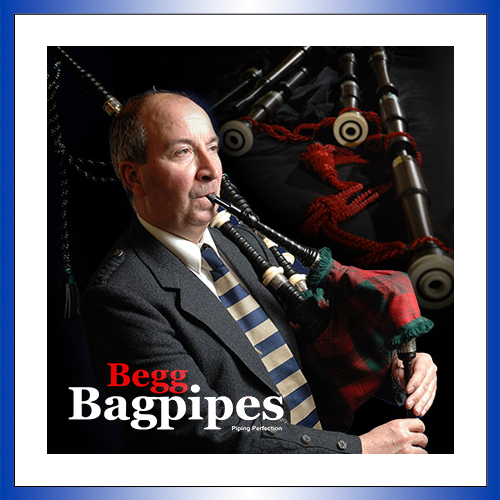
From the 18th century onwards the great highland bagpipe became established in the US with the large numbers of Scots and Ulster Scots settlers. The earliest records show that in 1700, the total population of the 13 colonies was 250,888, of whom 3% (7,527) were ethnically Scottish. Today. the number of Americans of Scottish descent is estimated to be 20-25 million (up to 8.3% of the total US population), and Scotch-Irish 27-30 million (up to 10% of the total US population).
The instrument and culture remain popular all over the US and the standard of piping continues to rise. Now, however, people from many ethnic and cultural backgrounds play. Indeed, it is estimated that almost half of those who play have no Scottish enthnicity.
These three reports, below, published in New York in the late 1880s, give an indication of the state of piping in the US at that period of incredible growth, industrialisation and migration further westwards. Sometimes, spending an idle moment comparing then and now can be interesting. The reports were contributed by Rowland Berthoff, Professor of History at Washington University in St. Louis, Missouri and published in The International Piper in November 1979.
From the Scottish-American (New-York), July 14, 1886*:
There is no doubt that bagpipe-playing at Scottish games in this country has much improved during the past two years. Hitherto, clubs were content with men who could ‘skirl’ out the outlines of a tune or a march, and cheerfully paid them an exorbitant figure for the purpose of appearing in a parade. No enquiry was made as to the proficiency of a player, or whether he understood anything of music, or even was able to read its notes, or could play anything beyond half a dozen airs. So long as he was able to ‘blaw’ he was acceptable, no matter how unearthly and harsh were the strains which he evoked out of the bag.

This condition of things had its natural result, and the piper in many cases began to be regarded as a nuisance. Now all this is changed, or is rapidly undergoing a process of change. It is recognized that a piper to be a good master of his instrument must be a thorough musician; that he must have studied the capabilities of the piobh mhor as intently and as carefully as the violinist, or the pianist, do theirs; that he must be constantly practising and studying; and that he must be an enthusiast on all things pertaining to his instrument.
This year, as far as the games have gone, the improvement has been very marked; and we trust it will continue. At Albany on the 20th inst., there will probably be one of the best exhibitions of playing ever heard in this country, when ten or twelve pipers will take part in the parade, under the direction of a competent pipe-major. We trust the improvement now shown will continue, and it certainly will if games’ committees only use the same judgment in respect to the engaging of pipers as they do in all other details.
From the Scottish-American (New-York), July 28, 1886:
At several points along the route the Scots were loudly cheered, and they deserved all the praises which were heaped upon them, for they marched well and looked well. They were headed by a corps of 12 pipers, and better playing was never heard upon the streets of any American city. First they started off with The Campbells are Comin’, then in quick succession followed such favourite airs as Hills of Glenorchy, 79th Regiment’s Farewell to Gibralter [sic], Battle of Alma, The Drunken Piper, Glengarry’s March, Kenmure’s on and Awa’, MacKenzie’s Farewell, and The Nurse’s Song’. Surely such a feast of Highland music was enough to make the occasion memorable in the hearts of every ‘son of the heather’.
From Peter Ross, The Scot in America (New York, 1896), pp. 428-429:
The wearing of the Highland costume at public gatherings has been a feature of all Caledonian organizations, and by their activity in this matter they have certainly succeeded in making the ‘garb of old Gaul’ familiar throughout the Northern and Western States and Canada. By frequently giving prizes for the best costume, they have inspired a kindly spirit of rivalry until at the present time we have on this side of the Atlantic many costumes as complete and as perfect as any that could be seen in Scotland. It is singular, however, that while the Highland dress is thus patronized, the music which is associated with it should be comparatively neglected.
Bagpipe playing is neither fostered or regarded by the clubs, Of course, they must have pipe playing, but any one who can ‘blaw’ and use his fingers as though he was manipulating a penny whistle is deemed good enough for any occasion. Real good playing, such as is common at the Braemar, Strathallan, or other gatherings in Scotland, is seldom heard in America, and when heard is not sufficiently appreciated.
• From the November 1979 Piping Times.
* Also in 1886, Coca Cola was invented, the Statue of Liberty was dedicated and the Apache leader, Geronimo surrendered with his band of warriors after almost 30 years of fighting.
** We hope to run an up-to-date essay on pipers and pipe bands in North America very soon.


